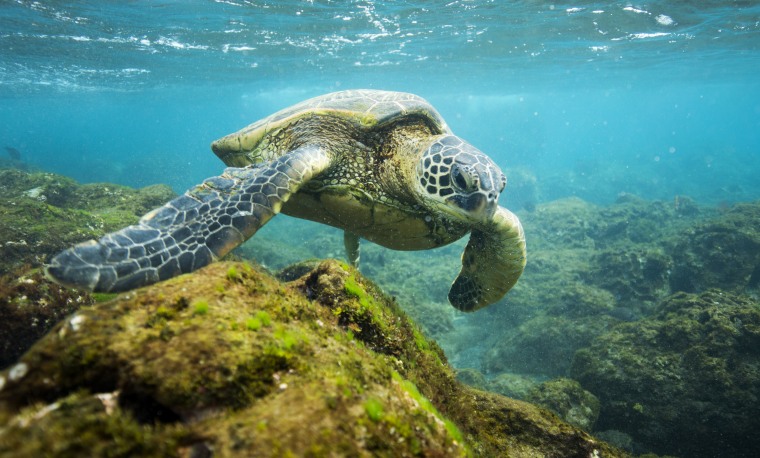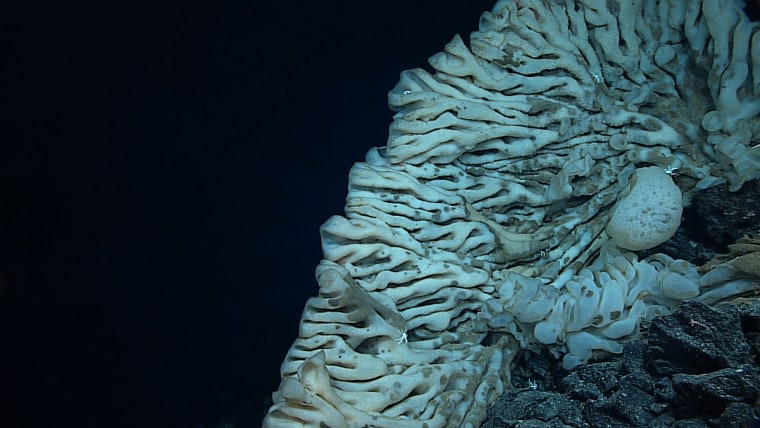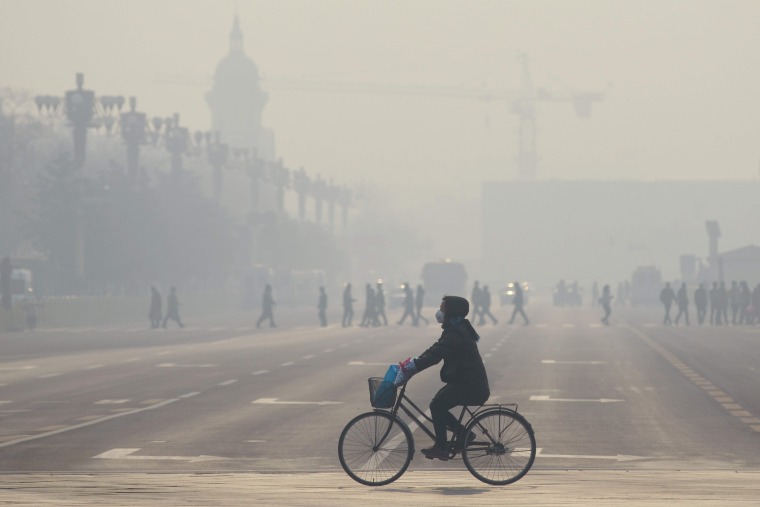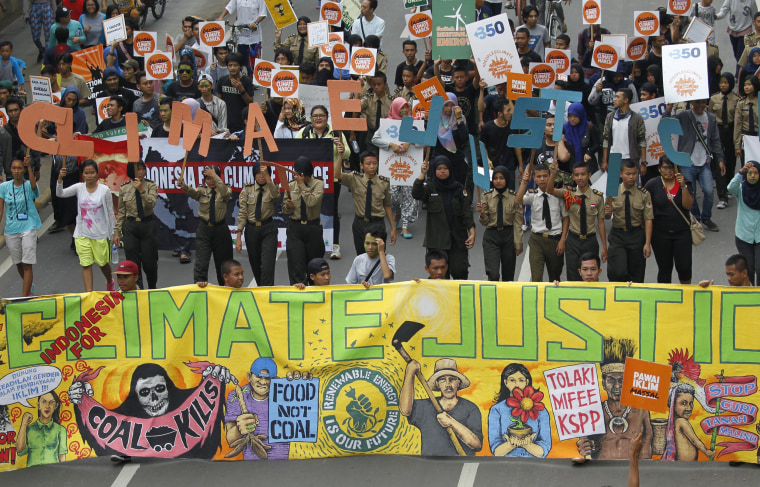President Barack Obama will combine two crucial tenets of his environmental legacy during a whirlwind 10-day trip beginning Wednesday.
The conservation element of that legacy will be capped by a dazzling photo op at the far-flung Midway Islands, a wildlife refuge in the Pacific Ocean which last week Obama expanded to become the largest marine protected area in the world.

The climate change portion could culminate before the G20 meeting in Hangzhou with ratification by the United States and China of the landmark Paris Climate Agreement.
The two stops on the trip are another way to show the link between conservation and climate change — a critical part of the president's environmental push.
Related: Obama to Expand Papahānaumokuākea Marine National Monument
"If you can illustrate how some of the most beautiful places on our planet are potentially jeopardized ... it makes it more concrete and more real," said Ann Carlson, the co-director at UCLA’s Emmett Institute on Climate Change and the Environment. "One of the difficulties in getting people passionate about climate change is getting them to be able to mentally picture what's at stake because you can’t see carbon dioxide emissions."

The president's visit to the Midway Atoll highlights the largest protected marine area in the world. The president signed a proclamation last Friday quadrupling the size of the monument created by President George W. Bush in 2006.
The area is a new expansion of the Papahānaumokuākea Marine National Monument off the coast of Hawaii. It is rich with coral reefs and 7,000 types of marine life, including the endangered Hawaiian monk seal, the threatened green sea turtle, and the endangered leatherback and hawksbill sea turtles.
The proclamation describes a unique ecosystem, where sperm whales and spinner dolphins share the water with tiger and Galapagos sharks. They swim waters guarding rare undersea topography with 75 seamounts and a non-volcanic ridge. Black-footed albatross soar high above and are among the birds foraging for food.
The White House says Obama has protected more land and water than any other administration in history and he will get a detailed briefing from experts during his trip to Midway as well as “interact directly with the wildlife,” senior adviser Brian Deese told reporters.
From Midway, via Hawaii, President Obama will fly to China for the G20 where he’ll sit down with a group of influential world leaders for the first time since the Paris Climate Accord.
Experts are closely watching how the group responds. Getting all G20 parties committed to ratifying the Paris accord would prove a major achievement for a president who has worked to cement his environmental policy legacy.
“The tone of what they say is going to be very, very important,” said Andrew Steer, president and CEO of the World Resources Institute on a call with reporters.
The South China Morning Post reported the U.S. and China will jointly announce they’ve ratified the deal, but the Obama administration would only say they had no announcements to make.

The landmark climate change deal includes 190 countries pledging to reduce greenhouse gas emission and to keep global temperature rise well below 2 degrees Celsius. The G20 nations make up roughly 80 percent of greenhouse gas emissions, according to World Resources Institute.
Climate change has been on past agendas at the G20 since the Pittsburgh meeting in 2009. But it is critically important at this year’s meeting, in Hangzhou, China on September 4th and 5th.
“It’s very important to show momentum that the largest economies in the world are determined to see the agreement move forward this year,” said Andrew Light, a distinguished senior fellow at World Resources Institute and a former senior adviser to the special envoy on climate change in the State Department.
The deal is already President Obama’s signature achievement on the environment, Carlson said.
Related: First Family's Vacation Highlights Obama's Environmental Push
"On climate change, there is no comparison. He is the first president to enact comprehensive climate policy," she said. "It’s both nothing short of miraculous ... and yet it's not enough."
Carlson grades Obama's work on climate at an A- or a B+. Greenpeace Energy campaign director Kelly Mitchell believes the president's legacy is a mixed bag.
“If you’re looking at the political realities he’s facing. With an obstructionist Congress he gets a seven or an eight. Overall, it might be a five or a six, looking at challenges we are facing. The urgency that becomes more intense over time.”

The commitments in the Paris climate deal are voluntary. And 55 countries accounting for 55 percent of global emissions need to sign on. China and the U.S together represent just under 40 percent.
“That process didn’t happen by accident and it didn’t happen overnight. It was the result of a very consistent and steady diplomatic effort that the president prioritized year after year,” Deese said.
The White House passed over the chance to talk directly about legacy and instead pointed to what’s shaped the president’s policies.
“Whether it's floods in the Southeast or fires in the American West, droughts and water issues increasingly emerging in various parts of our country — it's impossible to escape the fact that in the 21st century the questions about conservation, conserving land and water resources, will need to be done with a view toward both addressing climate change, but also with a view toward adapting to the impacts of climate change that are already being felt by communities across the country,” Deese told the White House press corp at a pre-trip briefing.
The president will also stop in Lake Tahoe to make remarks at a summit highlighting the area’s preservation efforts and address heads of state of the Pacific Islands at a conference in Hawaii. In both Tahoe and Hawaii, the president will further drive home the connection between his policies and actions on climate change and preserving the beauty of planet earth.
“We are so proud of our president from Hawaii, who grew up body surfing and ended up leading our country and protecting hundreds of thousands of acres of wild places — more than any other president in our history,” said Marjorie Ziegler, executive director for the Conservation Council of Hawaii.